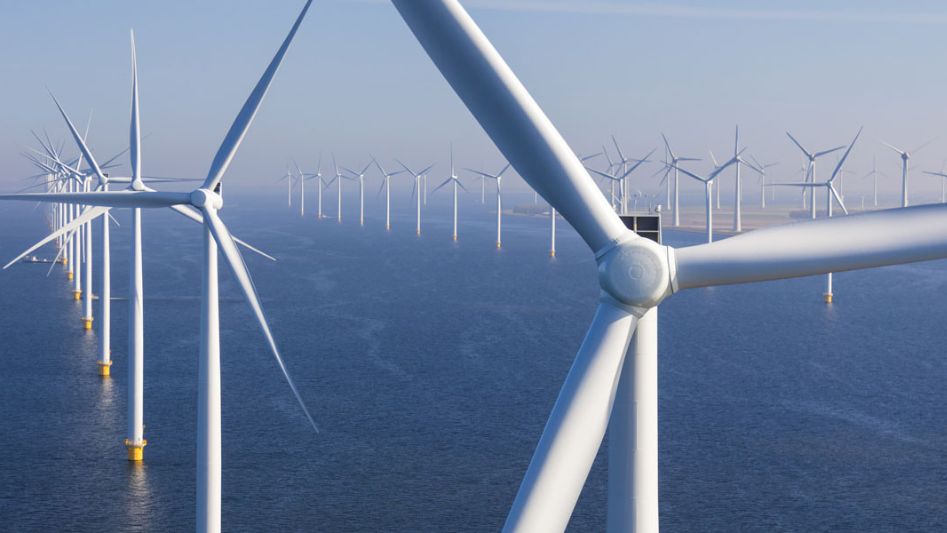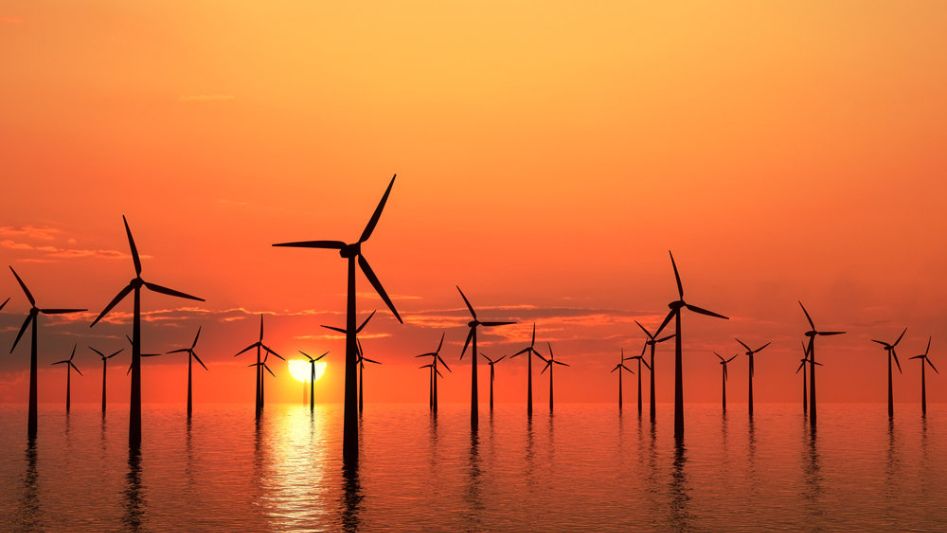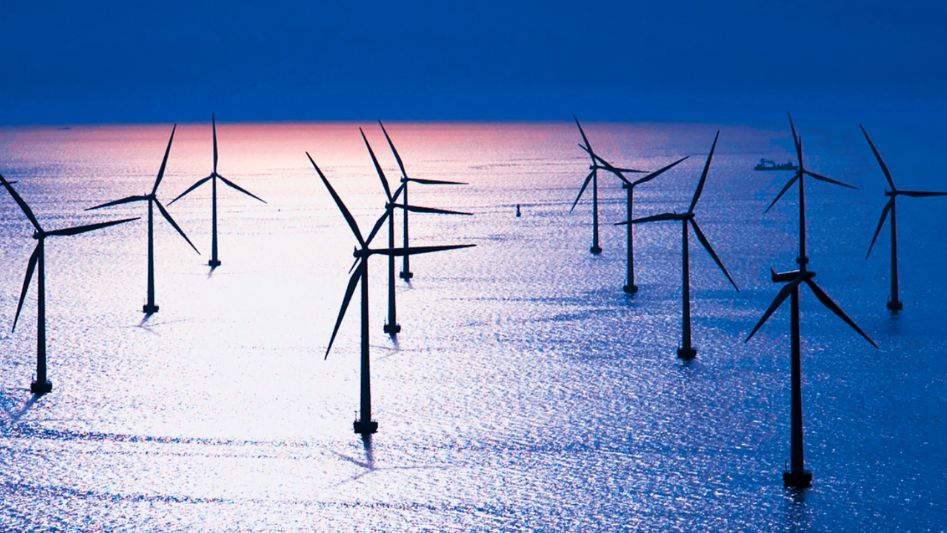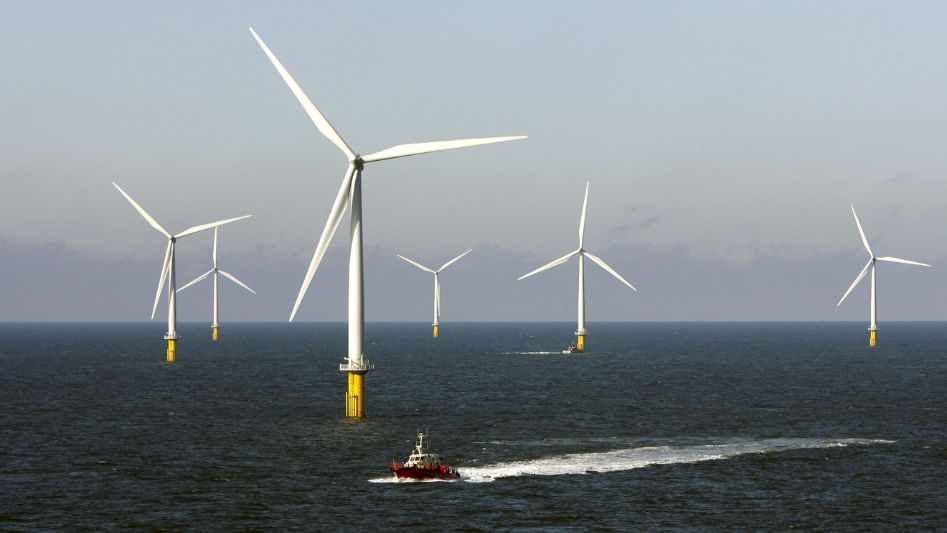The world is moving towards renewable energy sources to reduce carbon emissions and mitigate the effects of climate change. Wind energy is one of the most popular renewable energy sources, and it is expected to grow exponentially in the coming years. However, onshore wind energy faces several challenges such as limited land availability, bird and bat collisions, and noise pollution. Offshore wind farms offer a promising solution to these challenges. In this article, we will explore the benefits of offshore wind farms and how they can help mitigate the challenges of onshore wind energy.
Table Of Content
We invite you to read: “Offshore Wind Farms: The Advantages and Challenges”

Benefits of Offshore Wind Farms:
Larger Capacity
Offshore wind farms have a larger capacity than onshore wind farms. This is because wind speeds are generally higher offshore, which allows for larger turbines and greater energy output. Offshore wind farms can generate up to 5 times more energy than onshore wind farms.
Consistency
Offshore wind farms have a more consistent and reliable source of wind power than onshore wind farms. This is because the wind speeds are generally more constant offshore, which leads to a more stable and predictable energy output.
Land Availability
Offshore wind farms do not require as much land as onshore wind farms. This is because they are located in water bodies, which do not have any competing land uses. This also eliminates the need for land acquisition and reduces the potential for conflicts with other land uses.
Environmental Impact
Offshore wind farms have a lower environmental impact than onshore wind farms. This is because they do not disrupt wildlife habitats, and the noise pollution is minimized due to the distance from human settlements. This also reduces the potential for bird and bat collisions.
We invite you to read: “The Future of Wind Energy: Predictions and Trends”

Challenges of Offshore Wind Farms:
High Costs
Offshore wind farms are more expensive to build and maintain than onshore wind farms. This is because they require specialized equipment and expertise, and the logistics of building and maintaining offshore wind farms are more complex.
Technical Challenges
Offshore wind farms face technical challenges such as the harsh marine environment, the need for subsea cables, and the installation of turbines on the seabed. These challenges require specialized technology and expertise.
Distance from Shore
Offshore wind farms are located at a greater distance from the shore than onshore wind farms. This increases the cost of transmission and distribution of electricity.
Grid Integration
Offshore wind farms require grid integration to deliver electricity to consumers. This requires the development of new transmission and distribution infrastructure, which can be challenging in some regions.
We invite you to read: “A Beginner’s Guide to Wind Energy: How It Works and What It Powers”

Conclusion
Offshore wind farms offer a promising solution to the challenges faced by onshore wind energy. They have larger capacity, greater consistency, and lower environmental impact than onshore wind farms. However, they also face challenges such as high costs, technical challenges, distance from shore, and grid integration. Despite these challenges, offshore wind farms are a crucial component of the transition to renewable energy and have the potential to provide a significant portion of the world’s energy needs. Governments and private companies are investing heavily in offshore wind farms, and with advancements in technology, the costs of building and maintaining them are expected to decrease. Offshore wind farms are a vital part of the solution to reduce carbon emissions and mitigate the effects of climate change. By mitigating the challenges of onshore wind energy, offshore wind farms can help us achieve a more sustainable future.
FAQ
Are offshore wind farms more efficient than onshore wind farms?
Yes, offshore wind farms are more efficient than onshore wind farms as they have higher wind speeds and a more consistent wind source.
How much energy can offshore wind farms generate?
Offshore wind farms can generate up to 5 times more energy than onshore wind farms.
What are the environmental benefits of offshore wind farms?
Offshore wind farms have a lower environmental impact than onshore wind farms as they do not disrupt wildlife habitats, and the noise pollution is minimized due to the distance from human settlements.
You May Also Like
- The Environmental Impact of Wind Energy: A Comprehensive Analysis
- The Pros and Cons of Vertical Axis Wind Turbines
- The Role of Wind Energy in Achieving Sustainable Development Goals
- Wind Turbine Technology: Past, Present, and Future
- How Wind Energy Can Help Mitigate Climate Change
External Links
- Offshore wind energy status, challenges, opportunities, environmental impacts, occupational health, and safety management in India
- Onshore vs offshore wind energy: what’s the difference?
- Advantages and Challenges of Wind Energy
- Wind turbines have some negative effects on the environment
- Common Challenges of Managing Offshore Teams (And How to Overcome Them)

